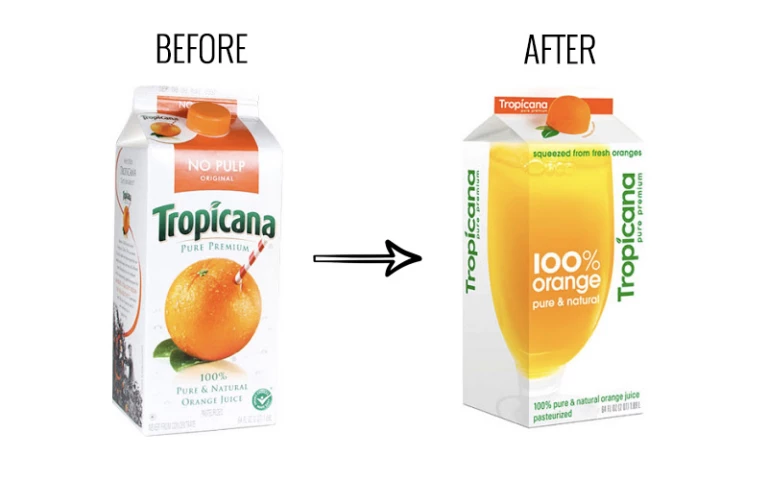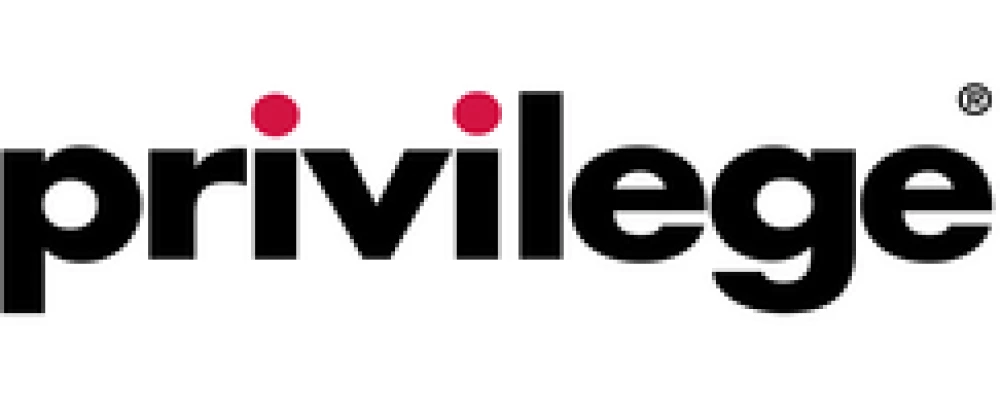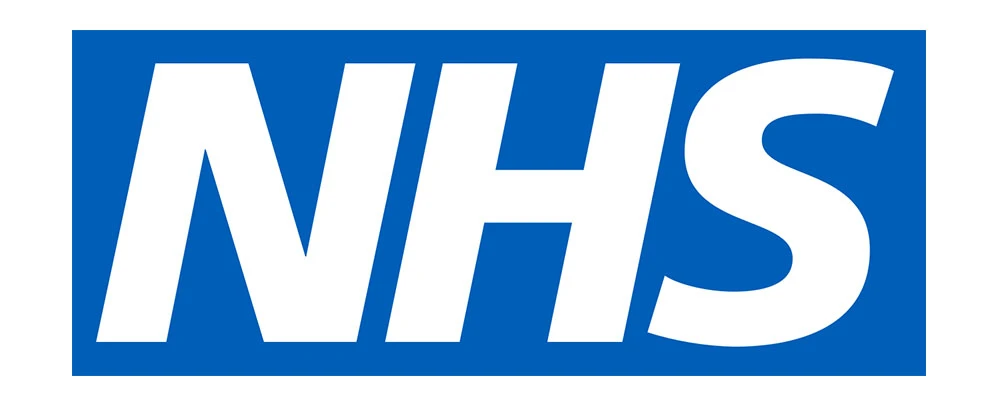Why Measure Brand Performance?
First of all, why do you need to measure your brand performance? Surely, sales figures will tell you all you need to know. If your products and services are selling then your brand is doing its job, right? Unfortunately, nowadays it is not quite as simple as all that. Your products could be selling despite your brand (in which case, just imagine how much better you could be doing).
We’ve come a long way from the days when a brand was just an ownership mark stamped onto the side of a cow. Branding has developed in sophistication and nuance. Brands now do much more than just identify who owns a product (or living creature); a brand is a conversation between organisation and customer across every touchpoint including advertising, packaging, social media, employees, customer service and channel partners. And one mustn’t underestimate the importance of seemingly small elements such as colour in branding, brand logos or tone of voice – these all need to be consistent with your brand character and brand essence.
Marketers create and manipulate brands to convey brand personality and brand purpose, and consumers project emotions and relationships onto brands. Good branding can produce brand growth and a bad rebrand can damage sales and market share.
Case study – how a change in packaging cost Tropicana $50 million.
This article in The Branding Journal shows how changing one small aspect of a brand – in this case, the packaging – can have a devastating effect.

This classic example of a branding failure comes from 2009, when Tropicana invested in new packaging and advertising. The main packaging change was from showing the outside of the orange to showing the inside – the juice. A small change for a brand in the international market, you might think, and for the better in that it shows the actual product. However, the impact was that within two months, the company had lost 20% of sales, with market share going to competitors.
Because the packaging had a simpler design than the original one, consumers thought it was a low-range supermarket brand. The President at Tropicana North America said, “We underestimated the deep emotional bond [customers] had with the original packaging.” Overall, the ‘investment’ and the cost of fixing the problem added up to a cost of $50 million for the company.
Five steps to measuring brand performance
As the case study shows, it is important to listen to consumers and understand, in depth, what your brand means to them. Once you commit to measuring your brand performance, there are four steps to go through, as follows:
1. Conduct a brand audit:
Before you get started, you need to put a stake in the ground and understand your original brand vision and how that translates to your current brand equity. A brand audit can be an informal process whereby you review your brand positioning strategy and explore your key brand touchpoints, both externally with customers and prospects and internally within your organisation. Alternatively, you can conduct a more formal audit which lists each of these touchpoints and evaluates how they are contributing to brand health. If you have multiple brands, your audit should also consider your brand architecture and how all of these brands work together.
2. Be clear about your brand vision:
What is it that you want the brand to achieve? What is your brand purpose? The brand vision should align with the overall strategy of your organisation, but be at a higher level than strategy, and should be the guiding voice behind all decisions. Properly articulated, a brand vision can help to galvanise employees throughout the organisation, resonate with consumers and be instrumental in brand differentiation. As an example, Coca Cola’s vision statement is, “….. to craft the brands and choice of drinks that people love, to refresh them in body & spirit. And done in ways that create a more sustainable business and better, shared future that makes a difference in people’s lives, communities and our planet.” Ikea’s is “To create a better everyday life for the many people.”
3. Set brand goals:
Once you are clear about your brand vision and brand purpose, you can translate this into specific, strategic goals. What you measure subsequently needs to align with these goals. For example, if you have a relatively new and unknown brand, it is likely that your goal will be to drive brand awareness, whereas if you have a mature brand that is well known in your marketplace, you might need to update your brand personality to invigorate sales and build brand strength. Only once you are clear about what you want to achieve can you decide which brand metrics you need and how to define what brand health means to you.
4. Decide on your brand metrics:
Once you are clear about your vision, you can choose the metrics you need to track to evaluate whether you are meeting those goals. These will vary but will typically include the following: brand awareness and salience measures, brand consideration and purchase intent measures, brand loyalty, brand positioning relative to competitors, brand sentiment and, potentially, brand advertising metrics. The decision about whether to measure brand advertising as part of your brand performance measurement as opposed to using a separate dedicated programme of research will depend primarily on the amount of advertising that you do.
We’ve written a full guide to brand metrics in another blog that you can use to help you decide what to measure.
5. Decide on your market research method:
There are many ways you can approach measuring brand performance. You can gather brand metrics through various methods including social media listening, analysis of online reviews, qualitative interviews, focus groups, customer service feedback and website analytics. For example, social media listening will give you an unfiltered idea of the main ways your brand is discussed and the key topics you are associated with.
Alternatively, if you are unsure about how your brand is positioned relative to competitors, you could conduct a qualitative brand mapping exercise. However, for the most effective and flexible way to measure brand health, we recommend using a purpose-built, quantitative, longitudinal brand tracking survey i.e a brand tracker.
Conclusion
The chances are that your brand performance measurement challenge falls somewhere on the spectrum between needing to identify your cattle and having to mop up a $50 million packaging error. Whatever the size or shape of your brand measurement requirement, we can help.
For more information on how to measure your own brand’s performance, talk to one of Brandspeak’s brand research expert’s.














